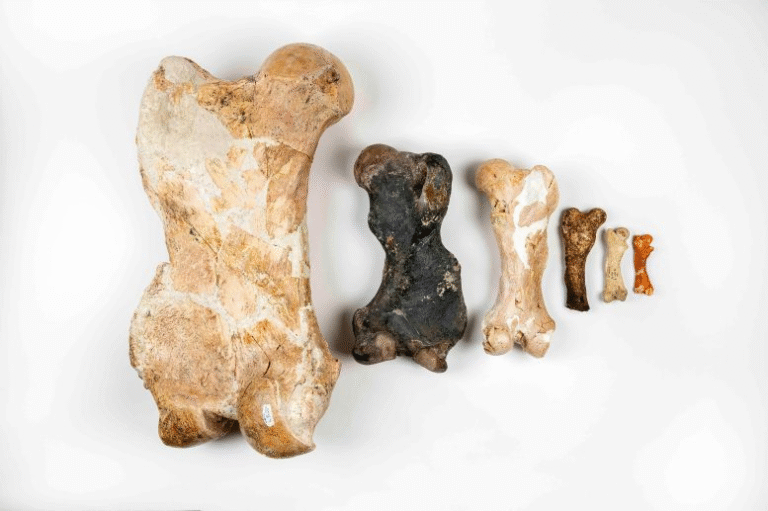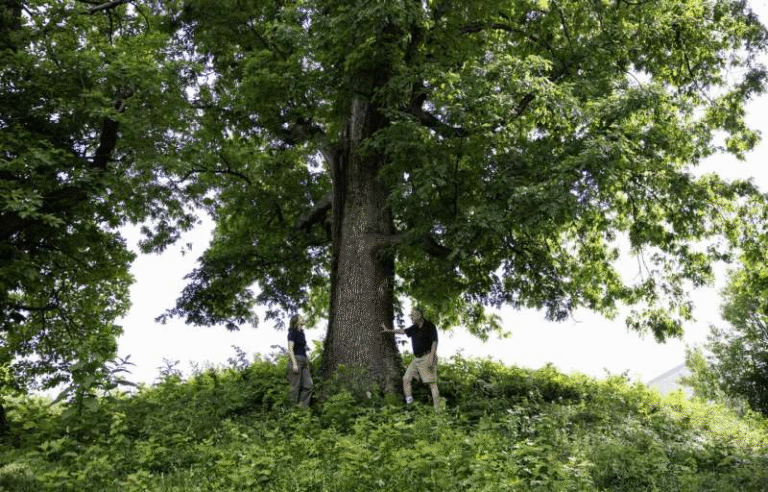Newly Found Medieval Text Calls the Shroud of Turin a Fake

The Shroud of Turin has always been one of those artifacts that sparks endless debate. Believers see it as the linen cloth that once wrapped the body of Jesus after his crucifixion. Skeptics, meanwhile, point to science and history that suggest otherwise. Now, a newly uncovered medieval text adds fuel to the conversation, and it’s quite a revelation.
The Discovery That Changes the Timeline
A recent study published in the Journal of Medieval History reveals a fascinating piece of writing by Nicole Oresme, a 14th-century French theologian, philosopher, and later Bishop of Lisieux. In this text, Oresme flat-out calls the Shroud a forgery—and not just any forgery, but one deliberately created and displayed by clergy to attract worshippers and, importantly, their donations.

Image credit: Dianelos Georgoudis
This makes Oresme’s work the earliest known written rejection of the Shroud, predating the better-known denunciation of 1389 by Pierre d’Arcis, Bishop of Troyes. Until now, d’Arcis’ statement was thought to be the first official dismissal. Oresme, however, was already saying in the 1370s what many modern studies echo today: the cloth was a fake.
Who Was Nicole Oresme?
Oresme wasn’t just a theologian with strong opinions—he was one of the most brilliant minds of his age. He contributed to fields as wide-ranging as economics, mathematics, physics, astrology, and philosophy. Known for his rational approach, he preferred to analyze phenomena with logic rather than simply attributing them to divine or demonic forces.
When he came across the Shroud in its medieval setting at Lirey, in the Champagne region of France, Oresme used it as a prime example of clerical deception. He warned that even “good people,” including clergy, could be responsible for spreading lies. In his view, it wasn’t enough to trust a claim just because it came from a religious authority.
A History of Skepticism
The Shroud itself shows a faint double image of a man that resembles traditional depictions of Jesus. While its mystery has intrigued countless believers, scientific testing has consistently raised red flags. Radiocarbon dating points to the cloth’s origins in the 13th or 14th century. More recently, 3D imaging studies suggest it was likely draped over a sculpture rather than a real body.
What Oresme adds to the story is context. His writing shows that skepticism existed even in the Middle Ages, and that the Shroud wasn’t universally accepted as authentic. In fact, some church leaders felt strongly enough to denounce it as fraud. The very bishop of Troyes at the time had the relic removed in the mid-1300s, only for it to resurface later under new restrictions.
Why This Matters Today
According to Dr. Nicolas Sarzeaud, the lead author of the new study, Oresme’s rejection is hugely significant. Not only does it give us the oldest recorded case of someone calling the Shroud a fake, but it also reveals how critical thinking was alive and well in medieval Europe. Oresme’s stance wasn’t shaped by personal gain—he wasn’t directly involved in the Shroud controversy—but by his broader mission to uncover truth over superstition.
Other experts, such as Professor Andrea Nicolotti of the University of Turin, agree that this discovery reinforces what science already suggests: the Shroud is one of the most well-documented cases of a forged relic in Christian history. Ironically, it has also become the most famous.
The Shroud’s Long Shadow
Centuries after Oresme’s critique, the Shroud continues to captivate. Today, replicas are displayed in churches around the world, though the original is rarely shown. Despite all the evidence—both scientific and historical—that casts doubt on its authenticity, the relic still draws devotion and wonder.
Perhaps that’s what makes this discovery so intriguing. It reminds us that even 600 years ago, thoughtful voices like Oresme’s were already challenging myths with reasoned arguments. His words echo across time, nudging us to question, investigate, and keep curiosity alive.





